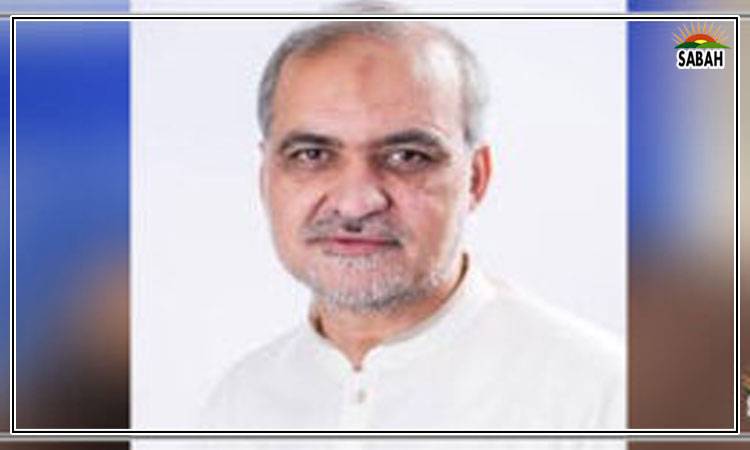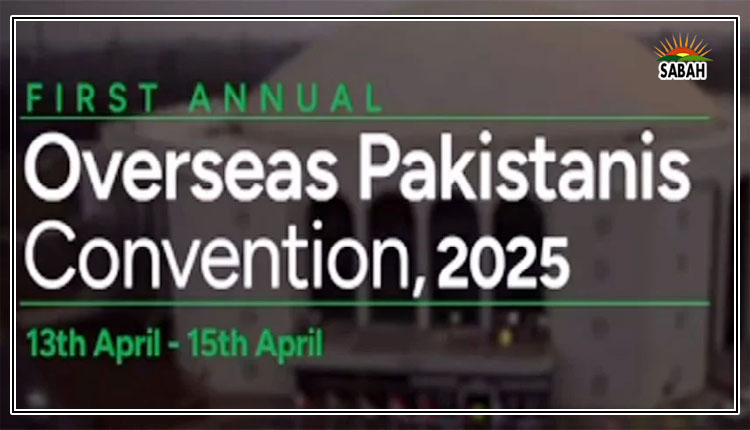Reversal of roles…Rashid Amjad
WHILE the finance minister trudges through the corridors of the IMF and World Bank, engaged in applying for a longer, larger new loan programme even before the current one has ended, the provincial governments back home are flush with funds to the extent that they never consider raising any revenues on their own or spending prudently what they have.
For this, we have the seventh National Finance Commission (NFC) award to thank, and later the 18th Constitutional Amendment, which everyone hoped would spark less contentious, more equitable growth. But these hopes were not realised because the federation kept up its old habits spending this year Rs360 billion on subjects it had devolved to the provinces and running up huge fiscal deficits that led to unsustainable domestic and foreign borrowing, despite the looming threat of default. The provinces lost any incentive to raise revenues on their own or spend their resources wisely.
Both the seventh NFC award and 18th Amendment are here to stay and I strongly believe that the hopes and goals they sparked can still be realised, as empowering the provinces truly strengthens the federation and, with it, Pakistan itself.
While these awards transferred resources and devolved subjects (including agriculture and education) to the provinces, they did not explicitly change the provinces role in the management of the economy. This oversight must now be urgently rectified.
What we suggest is reversing roles, given our current dismal economic situation. The federations primary role should be to restore and maintain macroeconomic stability while that of the provinces should be to serve as the major engine of private sector-led economic growth and job generation.
The provinces will have to build their capacity.
Let me elaborate. If Pakistans arzi is approved by the IMF (and all signs are that it will and the country will enter its fifth programme in the last 25 years), this will greatly ease the chances of covering the countrys $25bn annual external financing gap and help Pakistan avoid defaulting on its external debt. The conditionalities accompanying the IMF programme, however, will stifle economic growth to a 2.53.5 per cent growth rate at best over the next three to four years, which the Fund is already projecting. This is far lower than the minimum 7pc required to absorb the increase in the labour force and reduce poverty, which has increased substantially by all accounts post-2020.
Also, implementing the tightly paced economic reforms programmes that the IMF will monitor (with quarterly reviews of efforts to increase the tax-to-GDP ratio from 10pc to 15pc), privatising loss-making state-owned enterprises, and implementing energy sector reforms will be quite a handful for the federal government. Then, there is the task of attracting foreign investment hopefully, not by selling the family silver at throwaway prices and using the proceeds to reduce external debt and not for wasteful expenditures.
So, in these circumstances, where will economic growth come from during this period of stabilisation? This will require the provinces to build their capacity to reallocate their current resources and adopt policies to achieve this new goal. As a starting point, each province should now set higher economic growth and job generation targets in the forthcoming 202425 budgets and annual development plans to help raise the national average. They must also build up their provincial database to monitor growth, job generation and poverty reduction.
But what concrete steps can the provinces take to fulfil this new role?
They could start by concentrating support in more labour-intensive, less import-intensive sectors now under their direct responsibility, namely, agriculture, small and medium enterprises, construction, housing, retail and services, especially IT. The provinces should also reorder their portfolio of development projects and prioritise those with lower capital-output ratios and shorter gestation periods as well as earmark specific projects for public-private partnerships.
Next, the provinces should rapidly expand their education and health services to reduce their very high numbers of out-of-school children and dropouts while improving learning outcomes. And most important, the provinces should direct their policies and support at all levels (municipal and local) towards the facilitation of private sector investment and higher capacity utilisation to generate more employment. Their success in galvanising the private sector will be the key to playing their new role as the major engine of growth and job generation.
That each major political party is running a major province should be incentive enough to prove their mettle to the electorate.
Courtesy Dawn












